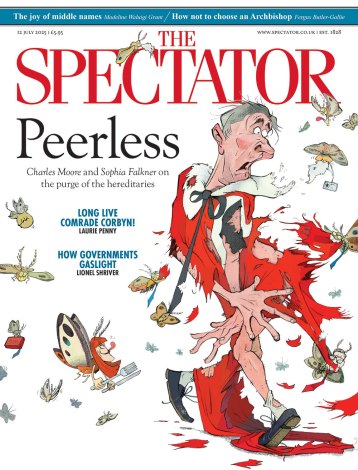One afternoon in the winter of 1992 I was on a bus traversing London’s Millbank when an extraordinary sight caught my eye. A bright red Triumph Spitfire had been driven up the imposing front steps of the Tate Gallery and abandoned there. Not for the first time in my life I wished I had a camera with me. Only later did I learn that some disaffected artist or taxpayer had committed this spectacular act as a protest against the Turner Prize.
One afternoon in the winter of 1992 I was on a bus traversing London’s Millbank when an extraordinary sight caught my eye. A bright red Triumph Spitfire had been driven up the imposing front steps of the Tate Gallery and abandoned there. Not for the first time in my life I wished I had a camera with me. Only later did I learn that some disaffected artist or taxpayer had committed this spectacular act as a protest against the Turner Prize.
Nearly 20 years later, it’s Turner Prize time again, though perhaps passions are today more jaded. But what prompted this memory was the publicity material for the 40th anniversary of the Tate Archive, which includes — among notebooks gorgeously illustrated by famous artists, old posters and revealing holiday snaps — a couple of slides of the offending Triumph.
The Archive is an invaluable resource which since 1970 has been busy collecting all sorts of material documenting artists’ lives and then making it available to the public. Not just obvious items such as letters and diaries, but complete artists’ photographic collections (photos taken by Eileen Agar, Paul Nash and John Piper, for instance), Keith Vaughan’s suicide diary entry, a lime-green table mat designed by Terry Frost for Heals, Sickert’s cream linen painting overalls and Turner’s metal paint-box (above). These are the things that bring the past to life. An exhibition of such wonders may be seen at Tate Britain (until 13 February 2011), or visit http://www.tate.org.uk/research/researchservices/readingrooms






Comments